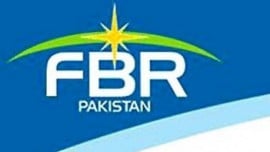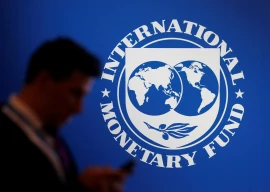

While hard projects would be done by the private sector, the aid money was channelled to the government for reforming the social sector, the banking sector, setting up of regulatory authorities, tax machinery, civil service and the preparation of public-sector enterprises for eventual privatisation. From project aid, the aid money was diverted to programme lending and support to reform. These inflows are in the nature of budget support. In theory, it permits the government to exercise autonomy in prioritisation. However, the fungibility of resources has mostly been used to create space for political favourites. Despite being concessional, such lending is more burdensome than project aid. Lending for projects creates capacity for servicing debt in the future. Lending for programmes and reforms does not generate any financial returns to pay back.
What is worse, none of the areas picked up for reform have improved service delivery or outcomes. Social Action Programme II, Poverty Reduction Credit, Access to Justice Programme and Tax Administration Reform Programme (TARP) are but a few disaster stories of lending for reforms and programmes. The World Bank’s self-evaluation of its Country Partnership Strategy programmes for 2010-2014, aimed to improve economic governance, is “moderately unsuccessful”. In spite of the TARP, the Bank admits of the erosion of the institutional capacity of the Federal Board of Revenue. Tax-to-GDP ratio has been flat, if not downwards. Offices have been done up, IT hardware is much in evidence, and there is a lot of talk about customer care. The reality on the ground is that the newest e-filing portal, IRIS, has almost broken down in the last days of October.
The new forms made the entire confusion even worse confounded. No wonder, the next country strategy of the World Bank observes that the “reforms have been frontloaded in light of the country’s track record and past failure to follow through”. Economic reform, or any reform, for that matter, does not need loan money. First, it needs careful thinking at the expert level, then a political consensus and finally, an unfailing resolve of the government to go allout for it. In the case of reform, money does not make the mare go.
Published in The Express Tribune, October 31st, 2014.
Like Opinion & Editorial on Facebook, follow @ETOpEd on Twitter to receive all updates on all our daily pieces.






















1714591706-0/image-(22)1714591706-0-270x192.webp)
















-(1)1714463604-0/Untitled-design-(4)-(1)1714463604-0-270x192.webp)






COMMENTS
Comments are moderated and generally will be posted if they are on-topic and not abusive.
For more information, please see our Comments FAQ